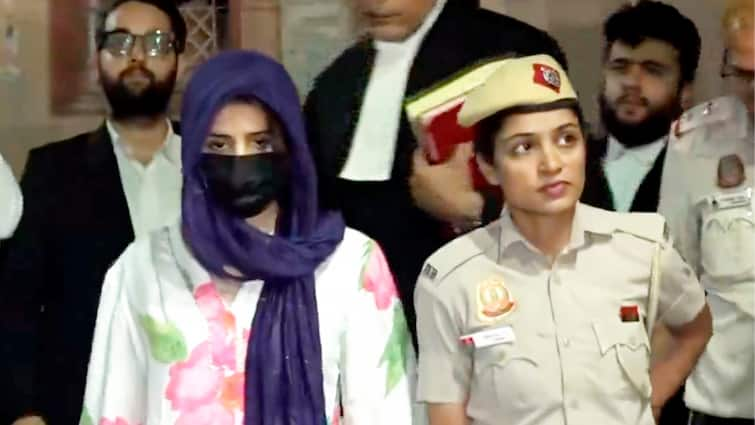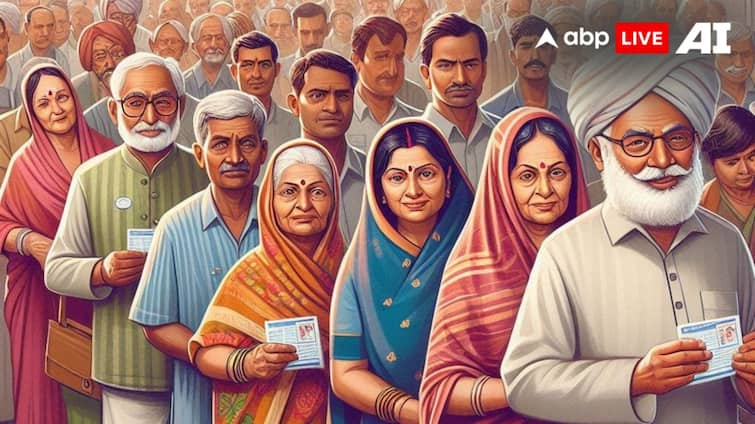A Delhi court on Tuesday granted bail to Gaganpreet Kaur, accused in the September 14 BMW accident that killed Navjot Singh. The decision came after the court reviewed CCTV footage that contradicted the prosecution’s version of events. In a comprehensive 19-page order, a Delhi court on Tuesday granted bail to Gaganpreet Kaur, accused in the BMW crash case. The court highlighted significant inconsistencies in the prosecution’s account, particularly regarding the sequence of events and claims of culpable homicide.
Delhi Court Grants Bail To Woman Accused In BMW Crash
While Delhi Police argued that Kaur’s BMW rammed directly into the victim’s motorcycle from behind, CCTV footage reviewed by the court told a different story.
The video showed the BMW losing control, striking a divider, flipping and then colliding with a motorcycle and a bus. This account differed from the FIR, which alleged that Kaur’s car had directly hit the victim’s bike from behind, reported India Today. The court noted the lack of speed data from the stretch, despite speed cameras being installed, further weakening the prosecution’s case.
In a strong observation, the court criticised ambulance staff who reached the scene but left within 40 seconds without checking the victim’s pulse or administering first aid. Their conduct was termed “highly unprofessional and unethical,” undermining claims that Singh’s life could have been saved with timely intervention.
Another key observation was the absence of definitive proof regarding the victim’s condition immediately after the crash. Paramedic statements merely indicated that he was unconscious, without any clinical assessment of vital signs such as pulse or respiration, as per Live Law. The court noted that these gaps cast doubt on the prosecution’s version of events.
With the post-mortem report still awaited, the court said it was too early to judge whether Kaur’s actions after the crash were sincere efforts to assist or attempts to tamper with evidence. Citing gaps in the prosecution’s case and lack of conclusive proof, it ruled that continued detention would be disproportionate.



